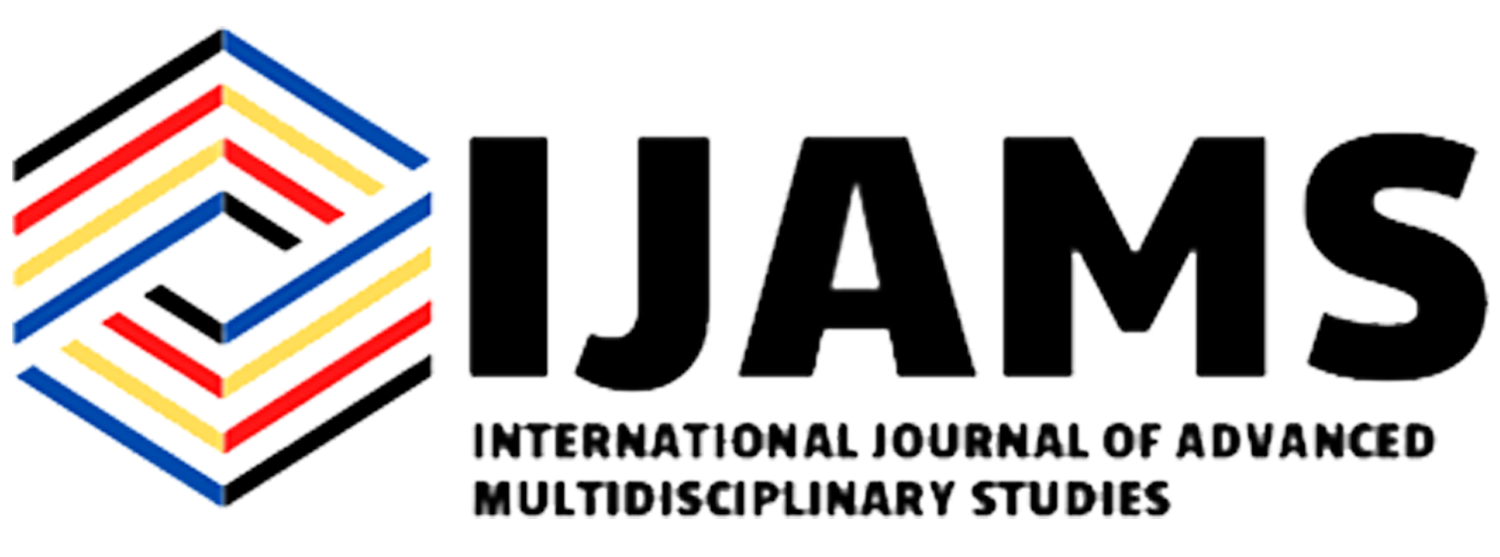ISSN: 2782-893X
eISSN: 2799-0664
 ISSN: 2782- 893X
ISSN: 2782- 893X


— This study determined the significant relationship between the Supervisory leadership styles of school heads, performance of elementary school teachers and test performance of the Grade 4-6 pupils on Mathematics. A proposed Instructional Supervisory plan was formulated based on the result of the study. Descriptive correlational research design was a valuable methodology for exploring the relationships between variables without manipulating them. In the context of the study on ‘Leadership Styles and Performance of School Heads in Relation to the Performance of Elementary School Teachers and Test Performance of Grade 4 Learners in Mathematics,’ this design was particularly effective for uncovering patterns and connections between the leadership styles employed by school heads, the performance of teachers, and the resulting student outcomes in mathematics. The test examining the relationships between different variables. It specifically shows the correlations between leadership style and the Office Performance Commitment and Review Form (OPCRF), as well as leadership and the Classroom Observation Tool (COT). The purpose was to assess the strength and significance of these relationships with leadership style and their potential impact on the performance of school heads, teachers, and, ultimately, student performance. The correlation values are accompanied by computed t-values and table values at the 0.05 significance level, which were used to determine whether the null hypothesis should be rejected. The relationship between leadership style and OPCRF revealed a moderate positive correlation, indicating a significant connection between the two variables. This result suggests that the leadership style of school heads has a notable influence on their performance as evaluated through the OPCRF. Similarly, the relationship between leadership style and the Classroom Observation Tool (COT) also showed a moderate positive correlation, further supporting the idea that leadership style has a significant impact on teaching practices. These findings imply that leadership practices play an important role in shaping the performance of both teachers and students, with leadership directly influencing classroom effectiveness and overall academic outcomes. The significant relationships identified in Table 5 emphasize the crucial role of leadership in shaping the performance of school heads, teachers, and students. The connection between leadership style and OPCRF suggests that effective leadership is associated with stronger performance in areas such as school planning, financial management, and community involvement. Additionally, the positive relationship between leadership style and COT indicates that strong leadership fosters a better teaching environment, leading to improved classroom instruction. This linkage between leadership, teaching, and student achievement is reflected in the high academic ratings of Grade 4-6 learners as seen in earlier tables. These findings highlight the importance of school heads exhibiting supportive and effective leadership styles, as this can result in improvements in teacher performance and subsequently enhance student outcomes. Given the significant relationships observed, it is clear that leadership plays a pivotal role in shaping the educational environment. The results suggest that providing school heads with continuous leadership training and professional development opportunities can further enhance their leadership abilities, which in turn can positively affect both teacher performance and student achievement. Keywords — Performance School headTeachers Mathematics Grade 4-6